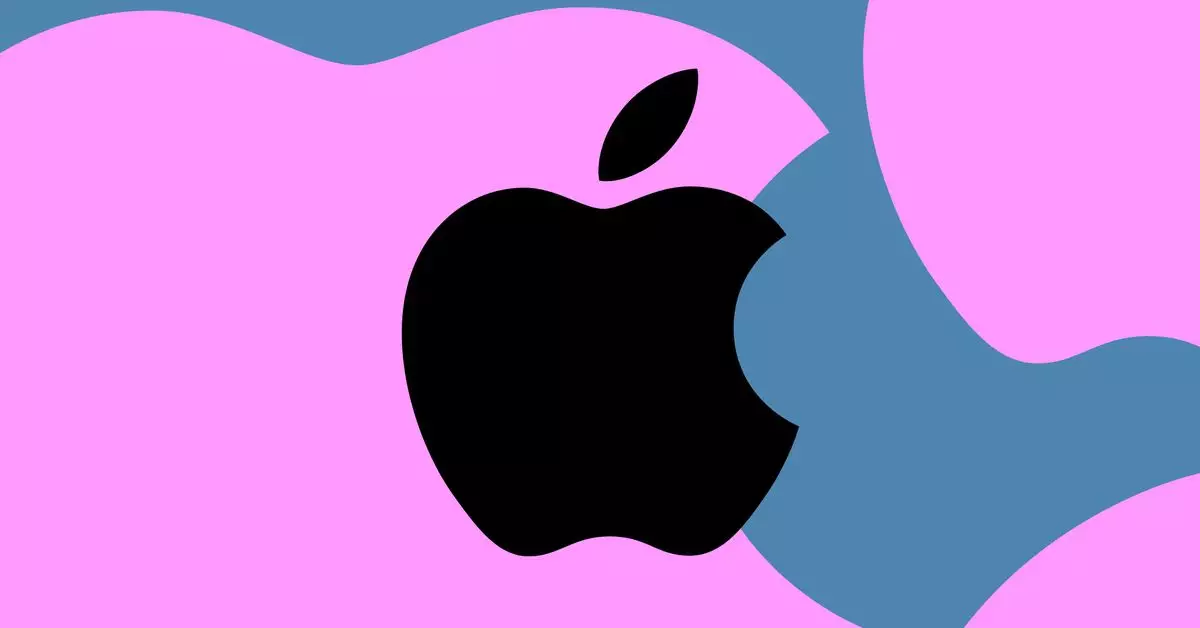The landscape of consumer technology is perpetually shifting, but one of the most notable developments in recent years is Apple’s escalating quest to create its own wireless chips. While the path has been fraught with challenges and delays, recent insights suggest that Apple’s intentions to shift to in-house solutions could soon materialize. Analysts like Ming-Chi Kuo predict that the iPhone 17, set to launch in the latter half of 2024, will be a pivotal device, marking the inaugural use of Apple’s own Wi-Fi and Bluetooth chips.
Transitioning from Third-Party Dependency
The story of Apple’s desire for self-reliance in chip production isn’t a new one. Since acquiring Intel’s modem division in 2019, Apple’s ambition has been to minimize dependence on Qualcomm and other third-party manufacturers. Historically, these partnerships have proved tumultuous, marked by legal disputes and competitive tensions. Kuo’s report indicates that while the iPhone 17 will debut Apple’s custom chips, the upcoming iPhone SE 4 will utilize a third-party Wi-Fi chip, specifically from Broadcom, suggesting an incremental rather than a complete transition.
The complexity of modem technology has been a significant hurdle for Apple. Initially, there were expectations that the iPhone 15 would be the first model to stride into this new era with Apple’s custom modem; however, those plans have not materialized as anticipated. Technical challenges have delayed the achievements of this goal, highlighting just how sophisticated modem design can be. Modems are critical components that influence connectivity and overall device performance, thus it is crucial that Apple perfects its own before launching it publicly.
On the horizon, the iPhone SE series appears in line for transformative changes. The anticipated release of the iPhone SE 4 in spring 2025 may herald not only the first deployment of Apple’s own 5G modem but also other significant upgrades. Rumors abound that this model could feature an OLED display for the first time, an integration of Face ID technology, and potentially enhanced capabilities through something referred to as “Apple Intelligence.” While these advancements could elevate the SE line significantly, they may also lead to an increase in price, a departure from Apple’s strategy of offering more budget-friendly alternatives.
As Apple continues along its ambitious path toward producing proprietary wireless technology, several variables will come into play. The company’s brand ethos relies heavily on innovation and quality control, which may necessitate a cautious yet strategic approach to overcoming existing obstacles. With industry interest keenly focused on this transformation, all eyes will be on the iPhone 17 and SE 4 to see how effectively Apple can launch these new technologies. Apple has positioned itself at the precipice of a new technological chapter; how it navigates these challenges will ultimately shape its future in the highly competitive telecommunications landscape.


Leave a Reply